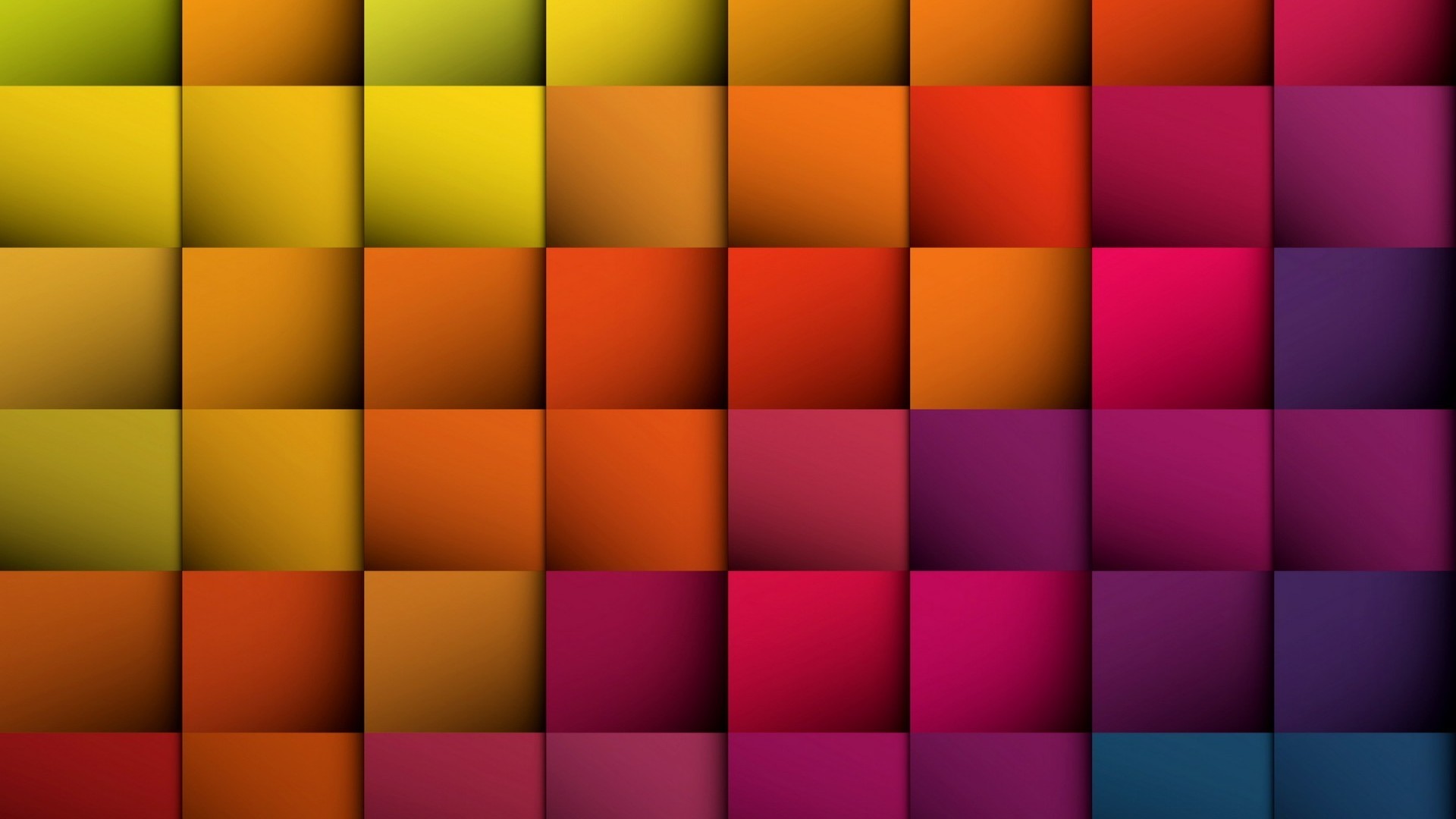
Think in terms of opposites on the color wheel. What about capturing warm and cool colors in a single image?Ĭontrasting colors are hard to ignore as they help create incredibly dynamic compositions. You are the artist, what ever color concept you feel is right, is your choice! It’s entirely based on the emotion you want to convey and your creative goal for the image. There is no right or wrong when it comes to color temperature. The exact same subject with a completely different mood when compared to the colder image with a blue color temperature. Yet the image on the right has a feeling of warmth to it. In reality I was photographing at 5am in 4 degree temperatures. Look at the two images of the tree again. There is something about family and warmth that just fits together. Hence why some of the best portrait images often have warm color tones.

Like sitting near a fireplace, or enjoying a sunset. Warm colors on the other-hand evoke happiness by enhancing a feeling of warmth in a scene. Think about a cold winter day, or a lonely walk along the beach. However it can also evoke melancholy, loneliness and a feeling of coldness in a scene. Using Color Concepts to Influence Moodĭid you know you can also use color concepts to influence how a viewer feels when they look at your photo? Of course, everyone will interpret each image differently, however generally speaking, a simple shift in color temperature can present a particular emotion or mood to your viewer.Ĭool colors can evoke feelings of calmness. This would yield the same results as if you did it in camera. If you don’t have a Kelvin setting, another option would be to shoot in RAW file format and change the color temperature in your RAW file editor. It is amazing how creative you can get in camera when it comes to color tones. This is the best way to learn the art of color concepts yourself. I highly recommend sitting your camera on a tripod at sunrise or sunset and experiment with Kelvin White Balance at extreme ends of the scale. Less than 5000K will create a more blue, cooler feel to an image. Greater than 5000K will yield a warmer orange light.
#COOL COLORS HOW TO#
Or better still, learn how to make better use of your camera’s Kelvin White Balance setting. Either setting will make your scene or portrait look warmer.

To create an image with warmer tones (photo on the right), select the cloudy or shade white balance. They are how they came straight out of the camera. Apart from cropping into a square and resizing for this article, no other edits have been done to them. I shot these two images one after another, yielding different results depending on how I set my camera’s color temperature. For example, when you take photos, do you ever think about whether you want to create a warm or cool image?

In photography, color concepts can vary greatly.


 0 kommentar(er)
0 kommentar(er)
